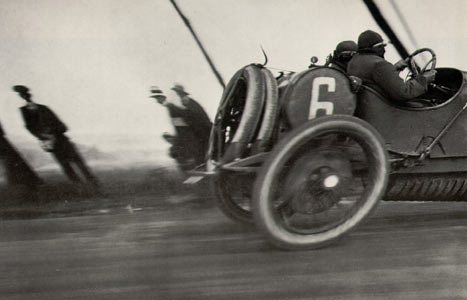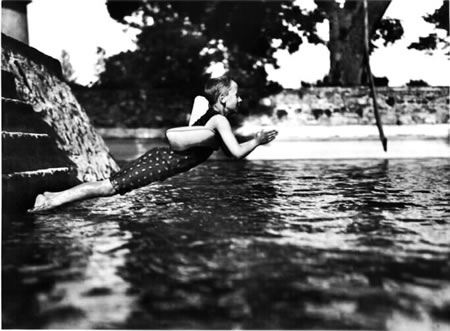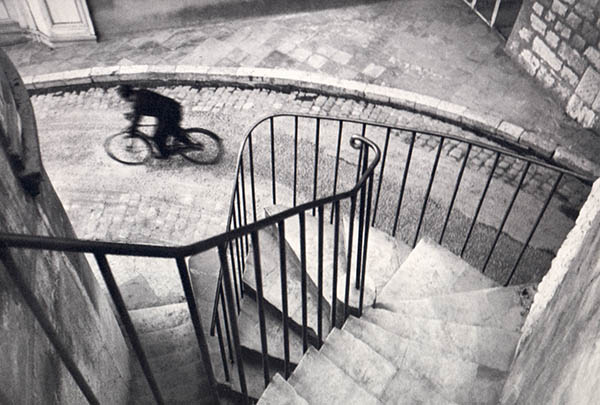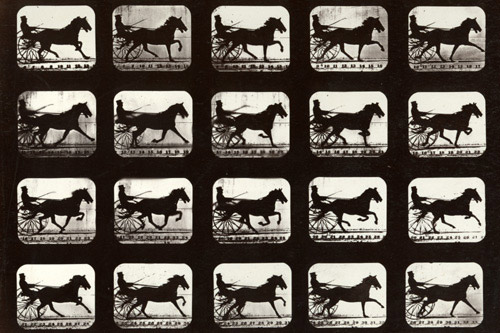One of the things that a photographer can do is show motion.Shutter Speed, simply put, controls the speed at which the camera’s lens opens and closes. It works in conjunction with film speed (a.k.a. ISO) and aperture (lens opening size) to correctly expose an image. By using the Shutter speed priority setting on your camera, you are able to control motion and capture your moving subject effectively. Let’s look at the various ways to do this
Freezing Action
You’re atauto race watching your favourite racer approach the
finish line, and you want to capture the car, in all its detail, and the
look on the face of the driver, just before he crosses the finish line!
Capturing such a shot on your camera is an example of freezing action.
Compositions that showcase frozen action allow us to study a fleeting
moment at our own pace, long after the moment has passed.
To freeze action with your camera, you must set the shutter speed to be
very quick. If your ISO is low, say 50 or 100, set your shutter speed
to 1/500th of a second, 1/1000th of a second, or faster. Then let your
camera recommend the aperture – it will most likely force your background
to be out-of-focus with a large aperture. If your ISO is high, say 800,
then you’ll be able to set your shutter speed to 1/500th of a second
without losing quite so much detail in the foreground and background (i.e.
you’ll be able to use a smaller aperture to get the right exposure).
Shooting at such quick speeds allows you to get away with not using a
tripod, since any shaking of the camera you do accidentally will not affect
such a short exposure. So pick a sunny day, and go for it!
Implying Motion
There are two ways to get a feeling of movement in your images - have your subject move or have your camera move (or both)
Slow Down Your Shutter SpeedThe reason for movement blur is simply that the amount of time that the shutter of a camera is open is long enough to allow your camera’s image sensor to ’see’ the movement of your subject.
The classic example of implying motion is those ethereal shots of rapids
or waterfalls where the water looks like silk as it flows over the rocks,
meanwhile the plants on either side are in sharp focus as the water passes
by. Another example is traffic at dusk while the buildings at the intersection
stand quietly in sharp focus. The subject is blurry while the background
is sharp – this is what implies the motion.
The trick to capturing implied motion is to use a slow shutter speed.
Speeds of 1⁄2 second should suffice to snap waterfalls or rapids,
but be careful to decrease your ISO, or shoot at night, and don’t
forget your tripod.
Panning:
Your daughter is riding her tricycle in a circle around you. You point
your lens at her and pivot at the same pace that she circles you. Snap!
This is an example of panning, where we create anxious and hurried moments
by putting the moving subject into sharp focus while blurring the background.
The best panning shots are captured when the subject is looking at you,
and the eyes are in focus.
To successfully capture a panning shot, consider these three rules:
1) Make sure you move in parallel to your subject.
2) Choose the right shutter speed: somewhere between 1/60 second (for
quick subjects), 1/30 second, or even 1/15 second (for a slow child, say)
3) Do NOT use a tripod – you must be free to move

Grand Prix de Circuit de la Seine', June 26th 1912

Henri Cartier-Bresson

Behind the Gare St. Lazare, Paris


Anton Bragaglia

‘Change of Position’, (1911)

‘Photodynamic Portrait of a Woman’, (ca. 1924)
Tato

‘Portrait of Marinetti’, Tato (date unknown)
PhotoToasty
